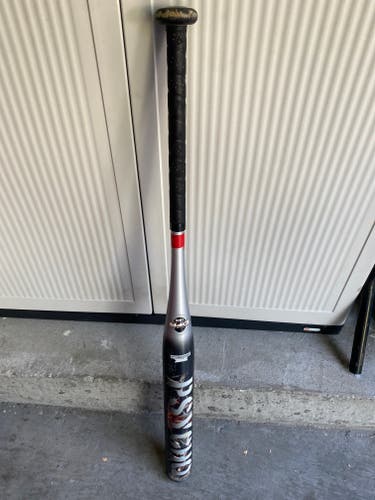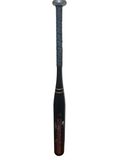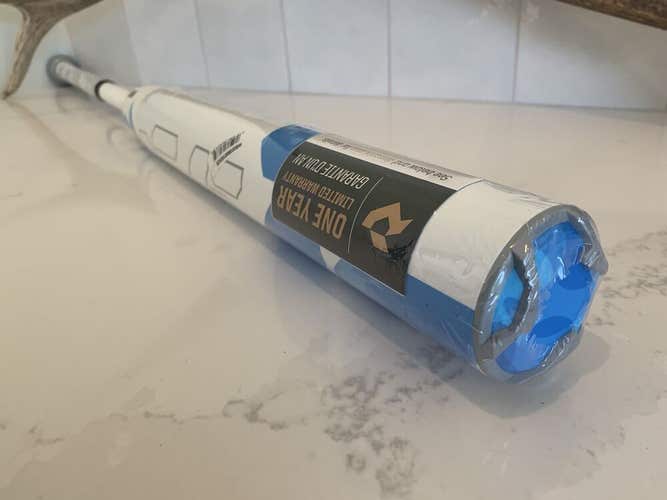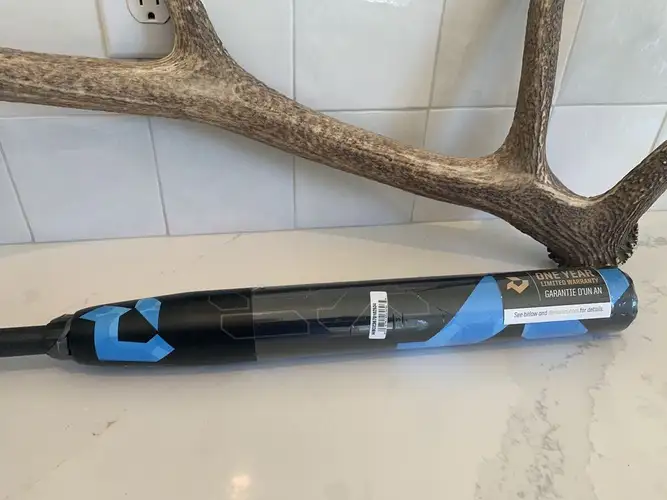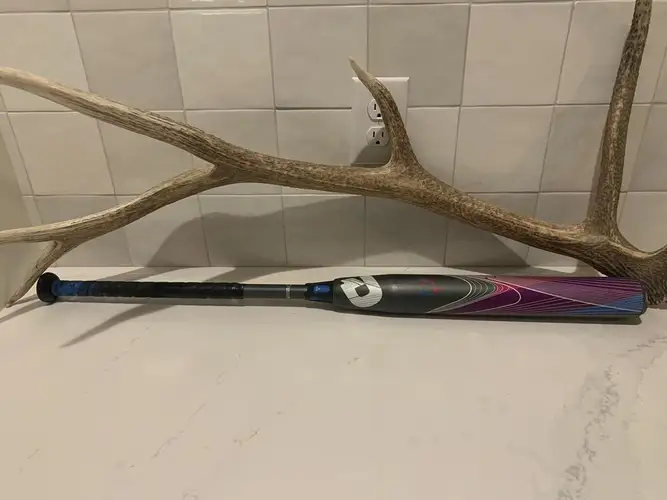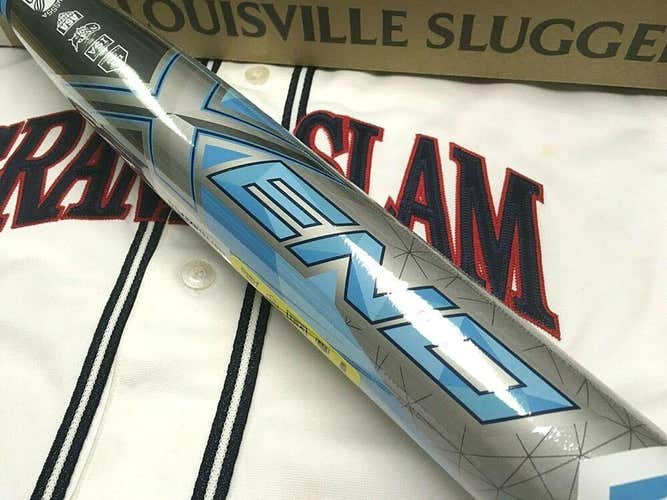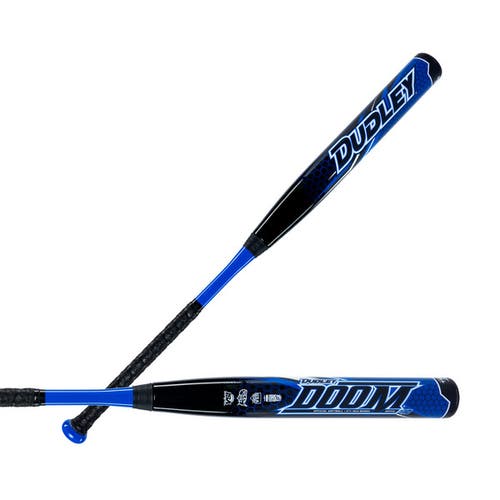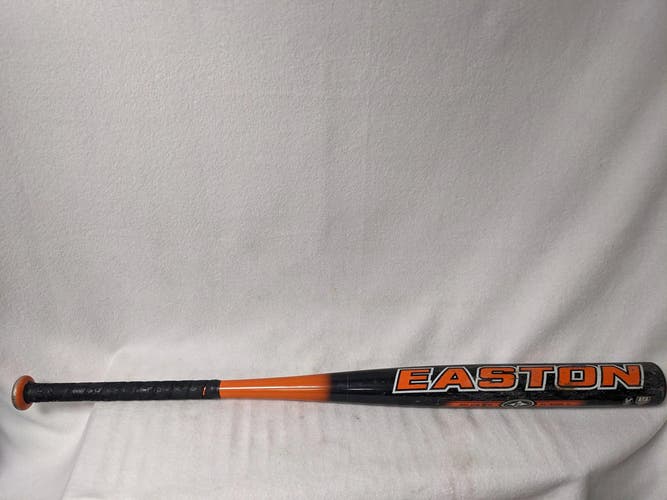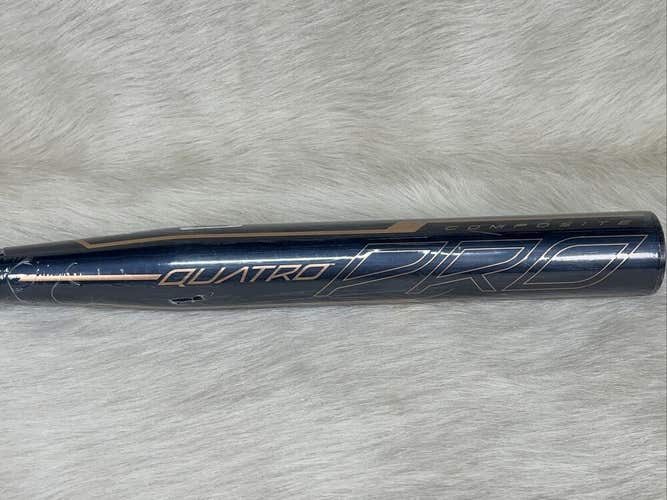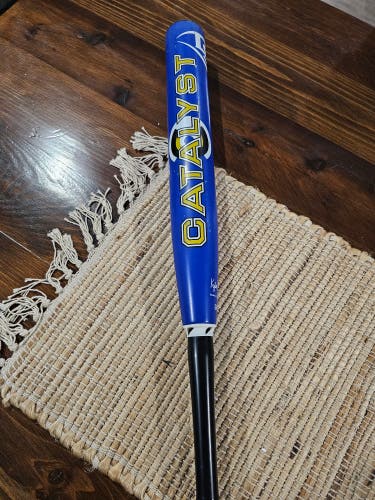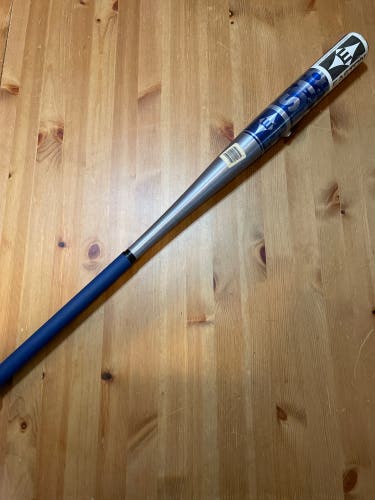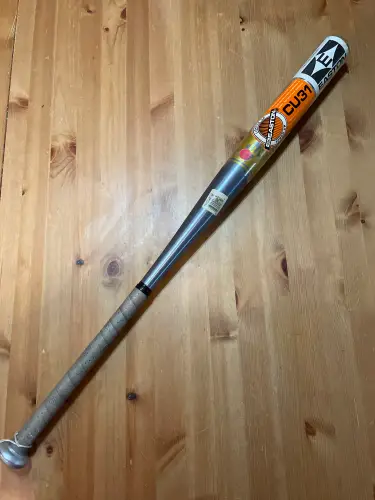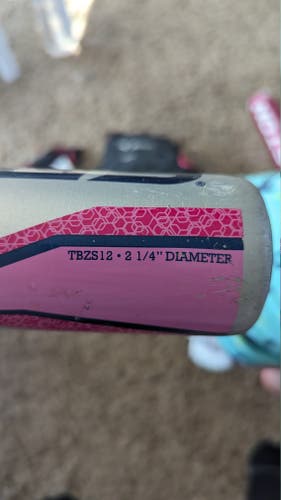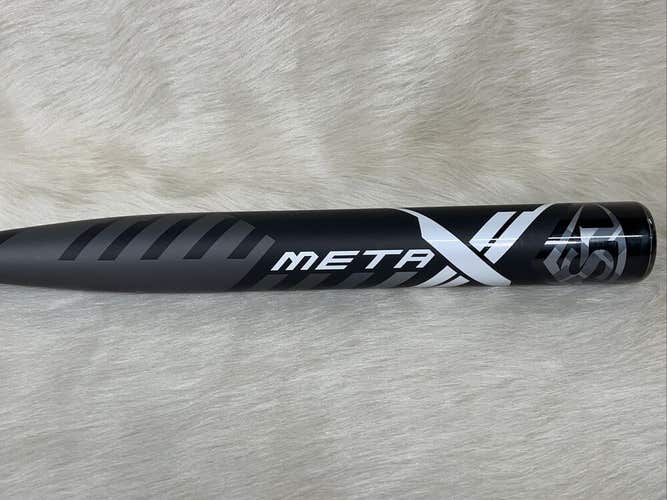Buying used gear is a sustainable way to score high-quality items at a fraction of the cost. Not only can you find great deals, but you might also stumble upon rare or discontinued gear that’s no longer available in stores. When buying a used softball bat, here's what to look for:
✔️ Check to make sure the knob is not loose or missing.
✔️ Check for a grip; the grip is easily replaceable but will cost around $13.
✔️ Check to make sure the bat is not bent.
✔️ Inspect the barrel for dents or cracks.
✔️ Remember, cracks in the bat's outer wall differ from "spidering," which only affects the paint layer.
✔️ Check the endcap for cracks or looseness. If it's missing or damaged, don’t buy the bat—it can only be replaced by the manufacturer for legality in USSSA play. The endcap is crucial for sound, trampoline effect, and swing weight.
✔️ Spidering on a composite bat is normal and indicates it's "hot" and well broken in. There's a key difference between paint layer cracking (spidering) and cracks beneath the paint, which suggests the bat is nearing the end of its life.
🏆 The best part of shopping used on SidelineSwap? We offer Buyer Protection and will issue you a full refund if your item is never shipped, arrives damaged, or is not as described. We also provide No-Questions-Asked returns with Seel. Learn more here.

